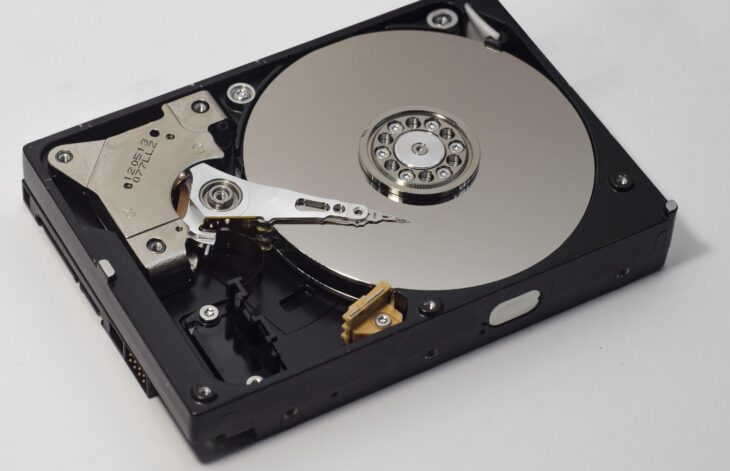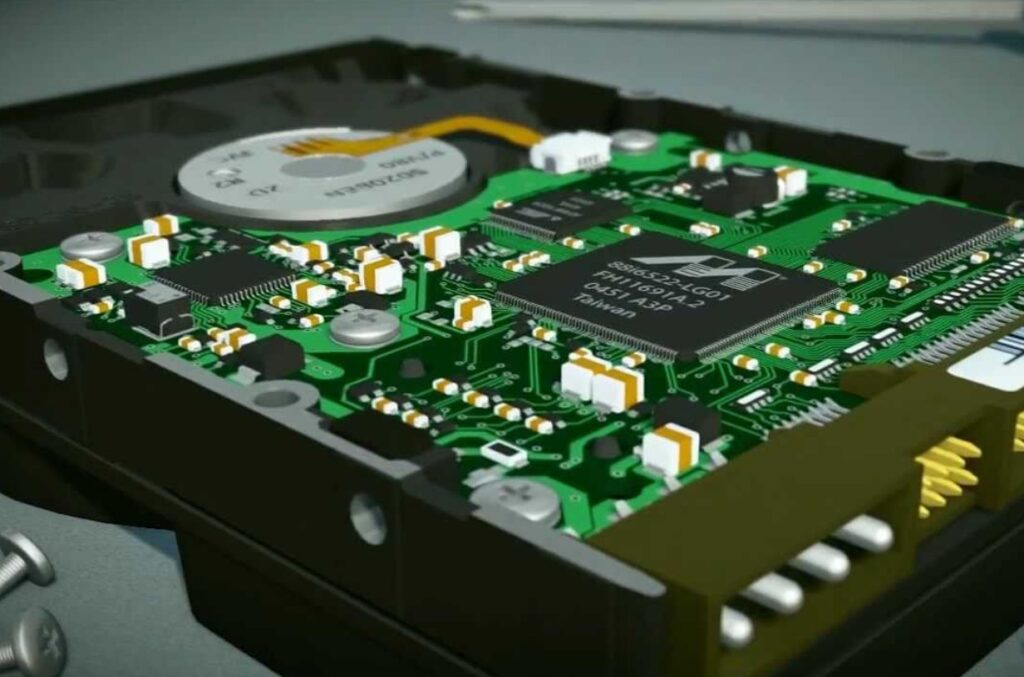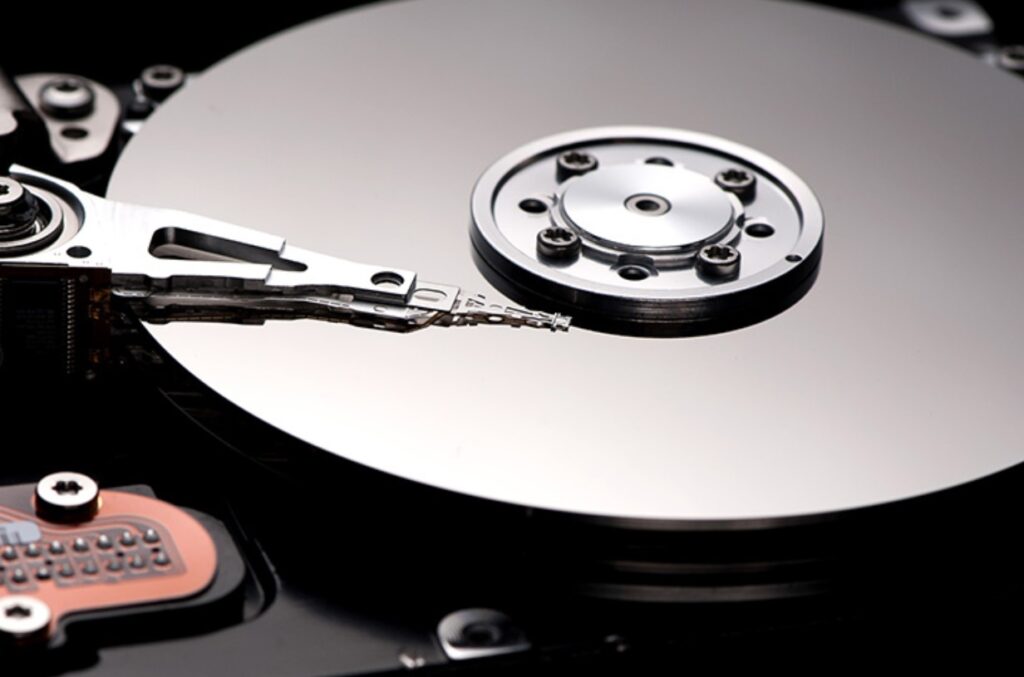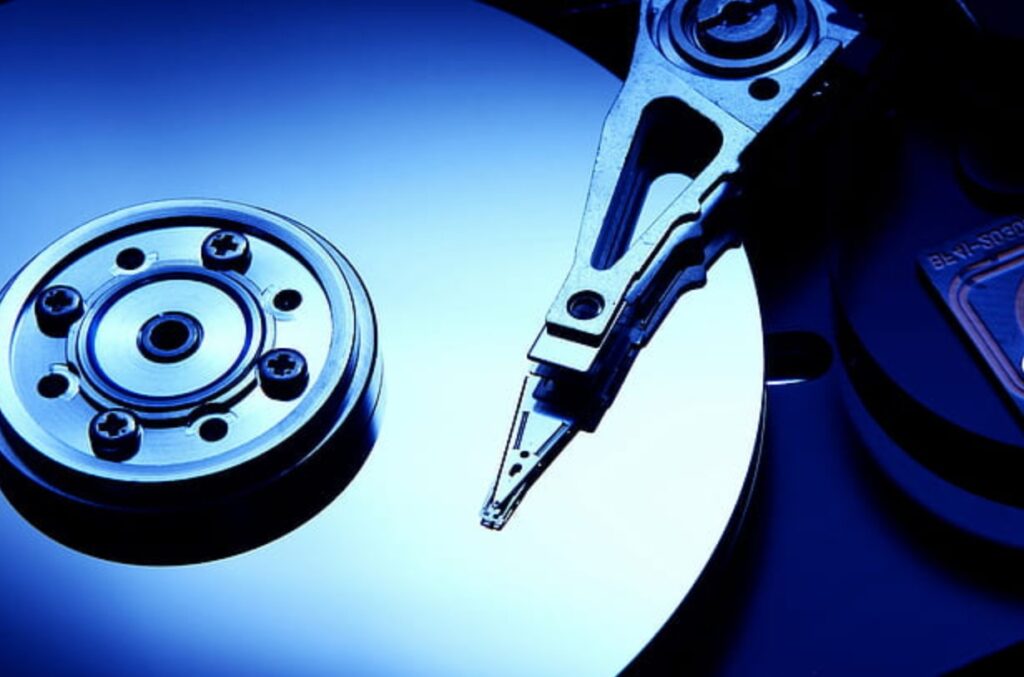
Why a Single Hard Drive Backup Isn’t Enough
When you evaluate the effectiveness of your file backups, you might assume an external hard drive that has substantial storage capacity is enough. But there are several problems with relying on a single hard drive to back up your records.
If a non-local team member needs access to those files, especially multiple documents at different locations in the system, you’d have to send the drive through the mail. The worst-case scenario is that your backup hard drive might fail.

Why a single hard drive isn’t enough
Most people reportedly back up their files to a single external hard drive. For the most part, this seems to work; however, hard drives are prone to failure and theft. If your only backup system is a single external hard drive and it fails or gets stolen, you could lose all your files for good.
You might think you can just purchase a new hard drive and create new backups, but that’s not necessarily an easy fix, either. You might have an extensive amount of data to back up, including entire databases, which could take days or weeks.
Then there’s the potential for your main source of data to crash before you can finish creating a new backup. That’s unlikely, but it’s possible.
The other problem with a single hard drive backup solution is that access is limited to the person who retains physical possession of the drive. If other people need to retrieve older files, they can’t access the archive. This brings us to the next point: cloud storage.
Why you ought to back up your files in the cloud
Storing backups in the cloud is one of the best ways to make sure all the archived files are available to every authorized team member regardless of his or her physical location.
If you’re concerned about security, there are ways to keep files secure in the cloud. Although security in the cloud has been a concern for a while, in recent years the top cloud storage providers have stepped up their security game.
If you already have a cloud-based file storage platform (such as Box), it’s easy to use your account to back up your files in a secure environment. That’s one of the reasons many firms use Box for cloud backup because it’s easy, familiar, and secure.
You can use Box to store working versions of your files and archive a copy on a regular basis as backups that are fully encrypted and/or password protected.
It’s all about convenience. With backups in the cloud, you can grant others access to data without having to hand around a physical hard drive.

Why you need multiple redundancies
Ultimately, you’d be wise to set up several different redundancies that include online and offline storage options to back up your files. The chances of two backup sources failing at once are small, but still possible and it has happened to people. The odds that three backup sources could fail at the same time are extremely low, however.
The ideal solution is to keep a backup on at least one physical hard drive and in one cloud-based file-storage account. It may even be a good idea to maintain multiple hard drives, depending on how seriously your systems would suffer if you lost data.
If your data is extremely valuable, you may want to perform regular backups on a hard drive that remains locked in a safe where it can’t be physically accessed at all.
Use solid-state hard drives (SSD)
It matters what type of hard drive you use to back up your files. It’s best to use only solid-state drives for backups. Although every kind of drive is susceptible to failure by an external force, solid-state drives are less vulnerable to damage because they don’t have moving parts like actuator arms.
If you drop a solid-state drive or subject it to extreme temperatures or a strong magnetic field, it’s less likely than a standard hard drive to fail.

Avoid USB flash drives for backing up files
When you create multiple backups of your files, it’s best to avoid using USB flash drives. Flash drives have a unique susceptibility to failure and a short lifespan. The flash components eventually lose their ability to retain data after a certain number of write/erase cycles.
Data recovery experts recommend using only Single Layer Cell (SLC) flash drives if you must use one. SLC drives are the most expensive, but they consume less power, write faster, and have 10 to 20 times more endurance than the other types.
When it comes to backups, more is better
You can never have too many backups of essential files. Make sure to have at least two offline backups for security and one based in the cloud for accessibility. That way, you always have a secondary backup in case your primary one fails.